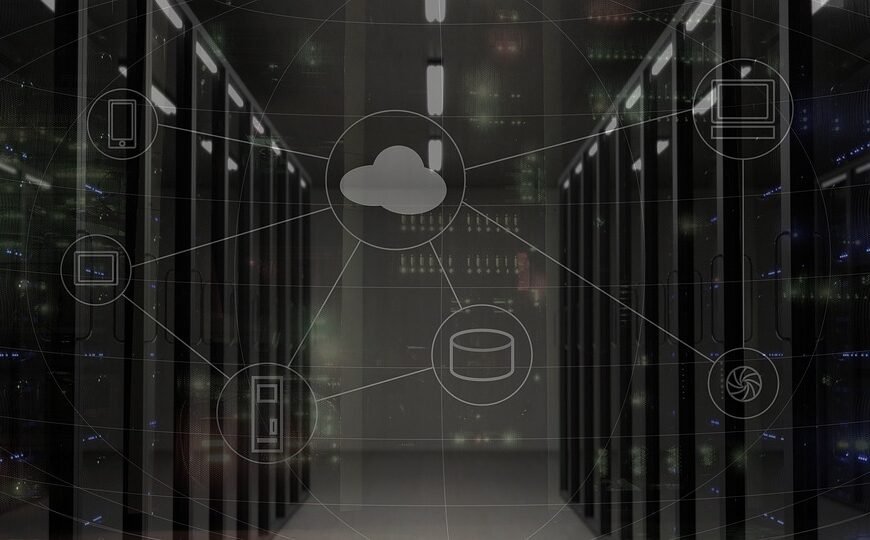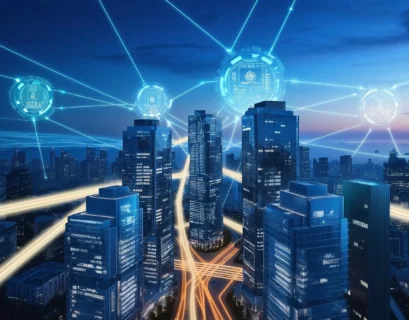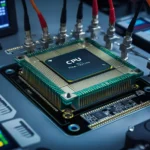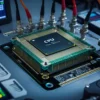As society increasingly transitions into a digital age, the importance of grasping the foundational elements of computer systems cannot be overstated. Whether you are a student, a budding IT professional, or simply an enthusiastic learner, understanding how computer systems operate forms the bedrock of many technical and non-technical fields. This guide will delve into the fundamental components of computer systems, including hardware and software elements, current industry insights, recent technological innovations, and a look towards the future of computer technology.
The Basics: What is a Computer System?
At its core, a computer system is an integrated set of hardware and software components that interact to process information. The primary purpose of a computer system is to execute tasks efficiently and accurately, whether it involves performing calculations, storing data, or running complex simulations.
Components of a Computer System
Understanding the fundamental building blocks of a computer system involves dissecting its key components:
-
Hardware: Refers to the physical devices and machinery that make up the computer system. The main hardware components include:
- Central Processing Unit (CPU): Often considered the brain of the computer, the CPU processes instructions from programs and performs calculations. Modern CPUs can have multiple cores, allowing them to execute parallel processing, thereby enhancing performance.
- Memory and Storage:
- Random Access Memory (RAM) is the volatile memory of the system used for temporarily storing data that is actively used or processed by the CPU. The more RAM a system has, the more applications it can run simultaneously without slowing down.
- Storage Devices include Hard Disk Drives (HDD) and Solid State Drives (SSD). SSDs are increasingly popular due to their faster read/write speeds compared to traditional HDDs.
- Motherboard: The main circuit board that connects all components of the computer, including the CPU, memory, and peripheral devices. It allows communication between the components and plays an essential role in system stability.
- Input/Output Devices: These components allow communication between the user and the computer system. Input devices include keyboards and mice, whereas output devices include monitors and printers.
-
Software: The non-tangible components of the computer system that operate on the hardware to carry out tasks:
- Operating System (OS): The OS manages hardware resources and provides an interface for users to interact with the computer. Popular operating systems include Microsoft Windows, macOS, and various distributions of Linux.
- Applications: These are software programs designed to perform specific tasks, ranging from productivity applications like word processors to complex software used for graphic design or data analysis.
- Networking Components: Essential for modern computer systems, networking allows computers to connect, communicate, and share resources. Key networking hardware includes:
- Routers: Devices that direct data traffic between different networks.
- Switches: Connect devices within the same network and facilitate resource sharing.
- Wireless Access Points: Enable devices to connect to a network wirelessly.
Technical Innovations in Computer Systems
The technology landscape is ever-evolving, and several innovations significantly impact computer systems today:
1. Cloud Computing
As businesses and individuals increasingly rely on cloud technology, traditional computer systems have shifted towards cloud-based models. Cloud computing allows users to store and access data and applications over the internet rather than relying solely on local storage. This has democratized access to computing power, enabling smaller businesses and individuals to leverage resources that were once only available to larger corporations.
2. Virtualization
Virtualization technology enables multiple virtual machines to run on a single physical machine. This ability to partition resources significantly improves hardware utilization rates, reduces costs, and simplifies resource management. It is widely used in data centers and cloud computing environments to optimize infrastructure.
3. Artificial Intelligence and Machine Learning
AI and machine learning offer advanced capabilities to computer systems, enabling them to perform tasks such as data analysis, pattern recognition, and natural language processing. These technologies are gradually becoming integral components of software systems, leading to smarter and more efficient applications.
4. Quantum Computing
Though still in its infancy, quantum computing has the potential to revolutionize the way computer systems operate. Unlike classical computers that use bits as the smallest unit of data, quantum computers use quantum bits (qubits), allowing them to perform computations at an exponentially faster rate for specific tasks.
Industry Insights
Gaining insights from industry trends helps beginners understand the present and future of computer systems. Here are some key observations:
1. Growing Demand for Computer Systems Professionals
With the proliferation of technology in various sectors—such as healthcare, finance, and education—there is an increasing demand for skilled professionals in computer systems. Job roles ranging from system administrators to network engineers and software developers are essential in supporting and advancing technology in organizations.
2. Cybersecurity Concerns
As reliance on computer systems grows, so do cybersecurity threats. Protecting data and ensuring system integrity has become a top priority for organizations. Professionals skilled in cybersecurity practices are highly sought after, leading to an increase in educational programs and certifications focusing on this domain.
3. Sustainable Computing
With a push toward environmental responsibility, the tech industry is moving toward sustainable practices. Innovations in energy-efficient hardware, optimized software design, and responsible e-waste management are on the rise. Organizations are actively seeking ways to minimize their carbon footprint, leading to a growing emphasis on sustainable computing.
4. Remote Work and Distributed Systems
The COVID-19 pandemic has accelerated the trend toward remote work, resulting in a greater dependence on distributed computer systems. Organizations are adopting cloud services, virtual collaboration tools, and enhanced network security to enable working from anywhere while maintaining productivity.
Future Outlook
As technology continues to evolve, several key trends will shape the future of computer systems:
1. Edge Computing
Edge computing refers to processing data closer to the source rather than relying on centralized data centers. With the growth of IoT devices, this trend is expected to grow, allowing for real-time data processing and reduced latency in various applications.
2. The Rise of 5G Technology
5G is poised to revolutionize data transfer speeds and network connectivity. As 5G becomes more widespread, applications that require high bandwidth, such as augmented reality (AR) and virtual reality (VR), will flourish, leading to new innovations in computer systems.
3. Increased Integration of AI
The incorporation of AI technologies into computer systems will advance automation, predictive analytics, and data-driven decision-making processes. As systems become more intelligent, the demand for skilled professionals who can design, implement, and maintain these technologies will grow.
4. Advancements in Computer Architectures
The development of new computer architectures, such as those inspired by biological systems or neuromorphic computing, will enable new forms of computing that are more efficient and powerful. These architectures hold the promise of drastically improving processing capabilities and energy efficiency.
Conclusion
Understanding the building blocks of computer systems provides a crucial foundation for anyone interested in technology. As our world becomes increasingly dependent on sophisticated computer systems, acknowledging how these systems work can offer insights into their potential and limitations.
With significant advancements in technology, an increasing demand for skilled professionals, and a future marked by innovations such as AI and quantum computing, the landscape of computer systems promises to evolve rapidly. By investing time in learning about these foundational concepts, you not only position yourself to take advantage of emerging opportunities in the tech industry but also empower yourself to harness technology’s full potential in the digital age.
As we continue to push the boundaries of what is technologically possible, being informed and adaptable will be invaluable assets. This article is your first step in an exciting journey into the world of computer systems—one filled with knowledge, creativity, and endless possibilities. Welcome to the future!


















